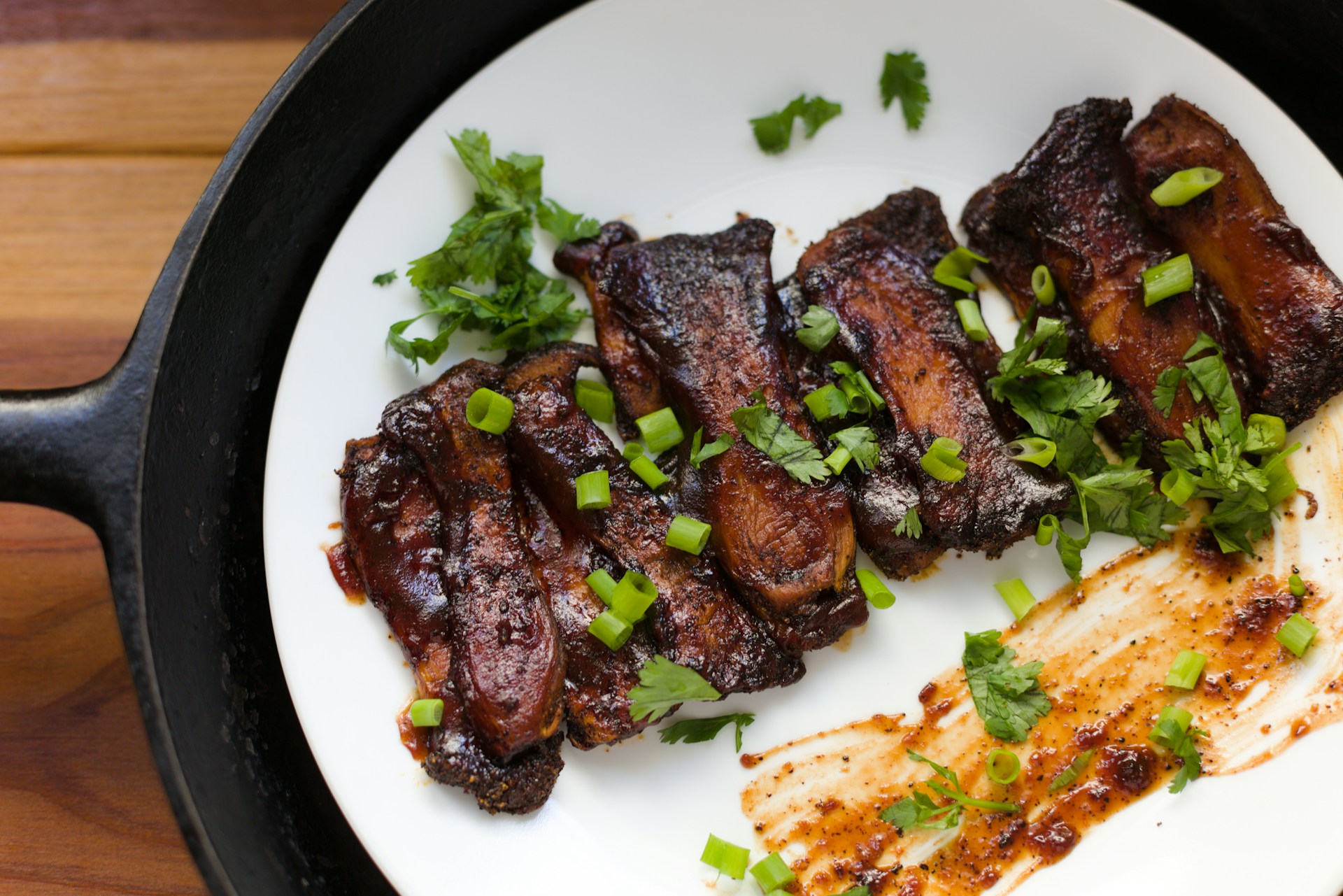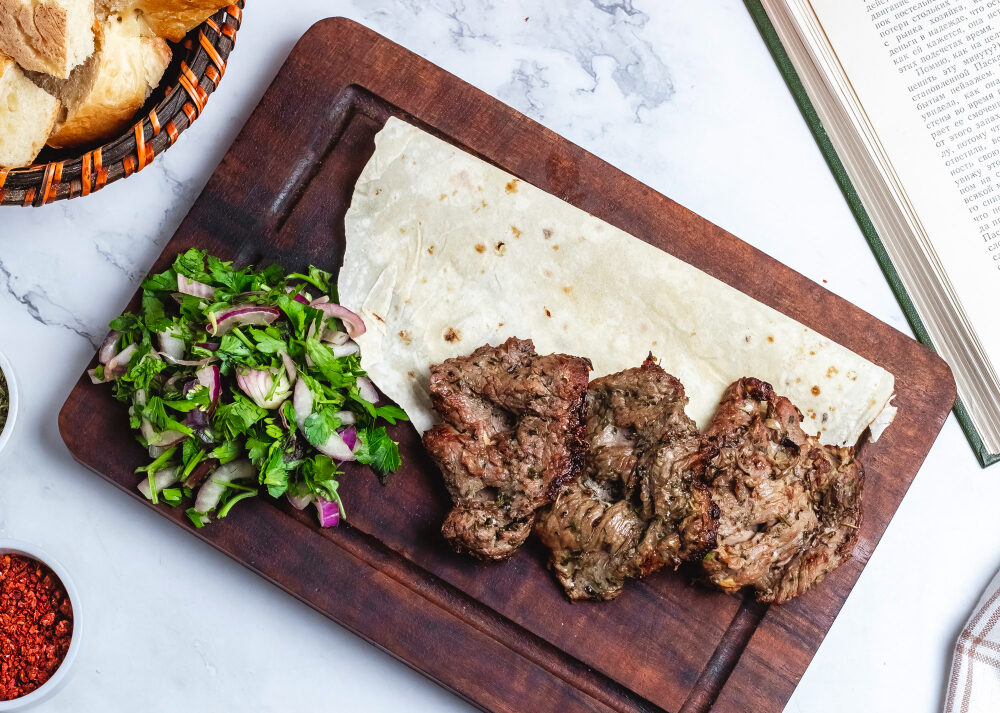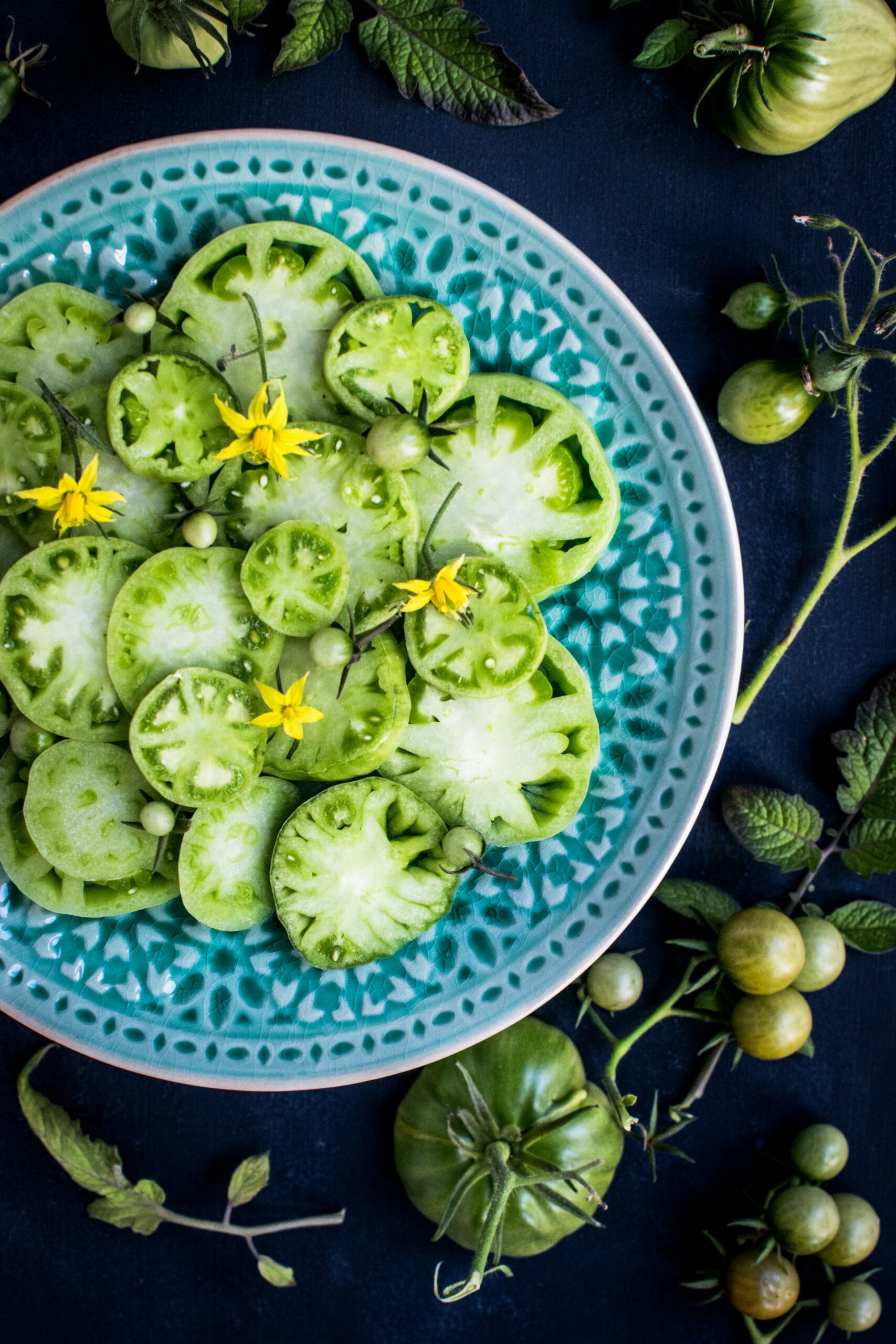Whether it was a summer BBQ, a cozy fall dinner, or Oktoberfest at home, I’ve always believed that homemade food tastes different—not just in flavor, but in feeling. And few things capture that hearty, nostalgic energy quite like bratwursts. If you’ve only had the store-bought kind, let me tell you: learning how to make brats from scratch is a game-changer. It’s easier than it sounds, and the flavor payoff? Totally worth it.
Why Make Your Own Brats?
Store-bought brats are convenient—but they’re also often loaded with sodium, preservatives, and additives you might not recognize. Making your own bratwursts lets you control what goes in, adjust the seasoning to your taste, and enjoy something genuinely fresh. Plus, it’s one of those recipes that makes you feel so accomplished without needing to be a pro butcher.
Ingredients for Homemade Brats
Here’s what you’ll need for a basic but flavorful batch:
-
2½ pounds pork shoulder (or a mix of pork shoulder and veal)
-
½ pound pork fatback (for that juicy, classic brat texture)
-
1 tablespoon kosher salt
-
1 teaspoon black pepper
-
½ teaspoon white pepper
-
½ teaspoon nutmeg
-
½ teaspoon ground ginger
-
½ teaspoon marjoram (or oregano if that’s what you’ve got)
-
1 teaspoon garlic powder (or 2 fresh cloves, finely minced)
-
¼ cup ice water
-
Natural hog casings (optional, but traditional)
Tip from Olivia: If you don’t want to use casings, that’s totally fine—you can still shape them into sausage patties or logs and pan-fry them.
The Process: How to Make Brats at Home
1. Prep the Meat
Chop the pork shoulder and fat into 1-2 inch chunks. You want to keep everything very cold, so pop it in the freezer for 15-20 minutes before grinding. This helps preserve the fat texture and avoid a mushy sausage.
2. Grind It Up
Using a meat grinder (or a food processor in small batches), grind the pork and fat through a medium plate. You can grind it twice if you prefer a finer texture, but I like a little bite in mine.
3. Mix in the Spices
Transfer the ground meat to a large bowl. Sprinkle in all the seasonings and mix thoroughly with your hands or a stand mixer with a paddle attachment. Then drizzle in the ice water and mix again until the mixture becomes slightly sticky—this means the proteins are binding properly.
4. Stuff the Sausages (Optional)
If you’re using casings, rinse them thoroughly, soak in warm water for 30 minutes, then load them onto your sausage stuffer or a piping bag fitted with a wide nozzle. Stuff gently to avoid air pockets, twist into links, and tie off.
No casings? No problem. Just form sausage shapes and wrap in plastic until ready to cook.
5. Rest Overnight (Optional, But Recommended)
Letting the brats rest in the fridge for 12–24 hours enhances the flavor and helps the links firm up.
6. Cooking Your Brats
You’ve got options here depending on your vibe:
-
Grill: Preheat to medium. Cook brats over indirect heat for 15–20 minutes, then crisp over direct heat for that perfect snap.
-
Pan-fry: Add a splash of oil to a skillet and cook over medium heat, turning regularly for 10–12 minutes.
-
Simmer and sear: Simmer in beer or broth for 10–15 minutes, then sear in a hot pan or grill.
Nutrition Breakdown (Per Link, ~4 oz Brat)
As a dietician, I always try to be mindful of the balance between indulgence and nourishment. Here’s a general estimate if you’re making brats with pork shoulder and casings:
-
Calories: ~250–300
-
Protein: 16–18g
-
Fat: 22–24g
-
Sodium: ~500mg (depending on salt used)
-
Carbs: 0g
These are definitely on the indulgent side—brats are rich, meaty, and satisfying. But because you’re making them yourself, you skip preservatives, fillers, and unnecessary sugar, which is a huge win.
Want to go lighter? Sub some of the pork shoulder with leaner meat like turkey thigh or add a splash of apple cider vinegar and herbs for a fresher spin.
What to Serve With Homemade Brats
Once you’ve got a batch of freshly made brats, you’ve opened a world of meal ideas. Here are a few of my favorites:
-
Classic style: Serve in buns with sauerkraut, stone-ground mustard, and caramelized onions.
-
Oktoberfest platter: Pair with roasted potatoes, braised red cabbage, and a stein of cold beer.
-
Lighter touch: Slice over a grain bowl with farro, roasted veggies, and mustard vinaigrette.
And don’t forget: brats freeze beautifully. Just wrap each one tightly and freeze for up to 2 months.
Why You’ll Keep Making Your Own
After your first batch, you’ll see why homemade bratwursts are so satisfying. It’s one of those kitchen projects that feels old-school in the best way. You take simple ingredients—meat, spices, a little patience—and turn them into something that feels special, flavorful, and deeply comforting.
Also, once you nail the basics, you can start customizing with things like smoked paprika, fresh herbs, even a touch of apple or jalapeño. Get creative—brats are surprisingly forgiving.
Final Thoughts
I’ll be honest—making brats from scratch might sound like a weekend project, but it’s actually simpler than most people think. And there’s something really rewarding about grilling a sausage and saying, “Yep, I made that.” If you’re craving something hearty and handmade, I hope this guide helped.
If you try your hand at homemade brats, let me know how it goes! Share your tweaks, pairings, and sausage successes—I’d love to hear about them. And if you’re looking for more scratch-made ideas that still fit a balanced lifestyle, stick around. This is just the beginning.
If You Want To Learn How To Cook Brats On The Air Fryer, Click Here!







Leave a Reply